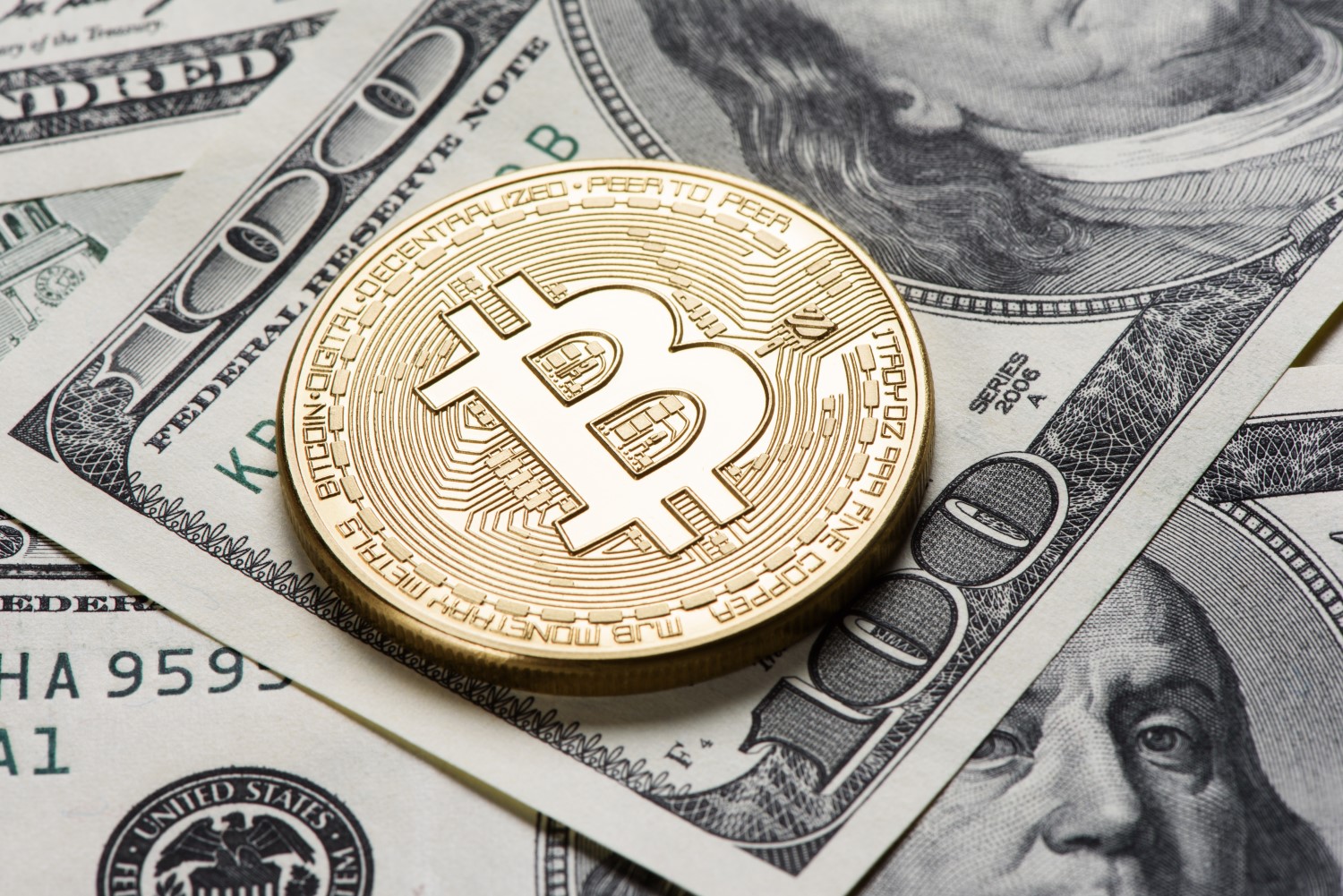Crypto at a Pivotal Moment
Seismic events often trigger crypto-asset market cycle transitions. The 2016-2017 cycle was largely industry-driven, expanding crypto’s reach beyond early adopters. In contrast, the 2020-2021 surge was propelled by unprecedented COVID-era interest rate cuts.
Now, two powerful catalysts converge: the looming 2024 U.S. elections and a nascent global liquidity cycle for risk assets. This potent combination could shatter bitcoin’s $58,000 to $70,000 trading range, where it has largely remained since late March, potentially igniting the next major market movement.
You’re reading Crypto Long & Short, our weekly newsletter featuring insights, news and analysis for the professional investor. Sign up here to get it in your inbox every Wednesday.
2024 U.S. elections likely to gain importance as election day nears
This election cycle marks several firsts for crypto, primarily how the industry emerged as a relevant topic in political discourse and campaign financing. Another interesting trend is how Polymarket, a breakthrough crypto application, now provides real-time estimates of consensus on election results, with over $1 billion at stake.
The chart below shows the relationship between two factors over 3-day periods: changes in Republican win odds on Polymarket and changes in bitcoin prices as a proxy for overall crypto market performance. Different election phases are color-coded: gray for the initial phase (before June 26), red for the period of Republican momentum (between the end of June and the end of July), blue for Democratic gains (between the end of July and mid-August), and black for the final stretch (since mid-August).
:format(jpg)/cloudfront-us-east-1.images.arcpublishing.com/coindesk/WKFBJIT5ZFHE7OQRGXOGUZBYUQ.png)
If the market linked crypto prices directly to Republican win odds, the dots in the chart above would form an upward-sloping 45-degree line. Conversely, a direct link to Democratic win odds would show a similar, but downward-sloping, line. Instead, we see a scattered cloud of dots, indicating no clear, consistent trend between election outcomes and crypto prices so far.
This dynamic is evident across all phases highlighted in different colors throughout the scatterplot. Although the relationship is stronger during the phase of Republican momentum, it still explains less than 20% of bitcoin price movements.
This doesn’t mean the elections are unimportant for crypto price action. It is possible, if not likely, that this relationship strengthens as we approach Election Day, now less than one month away. But this inconsistent relationship suggests that other critical factors have also been dominating crypto market price action.
Interest rate outlook hints at novel regime for crypto prices
Recent global liquidity shifts have driven markets worldwide, including crypto. The Federal Reserve’s strong start to this rate-cut cycle, coupled with China’s surprising market-lifting measures, likely fueled crypto’s recent price surge.
Unlike equities, crypto lacks extensive historical data for gauging returns across different interest rate regimes.
Nevertheless, examining crypto prices against rate environments remains instructive. The chart below shows the effective federal funds rate alongside Treasury constant-maturity yields from 1-year to 30-year tenors. For context, the lower chart displays bitcoin’s USD price (in log scale for perspective), with color-coded market cycles: green for the 2016-2017 and 2020-2021 bull markets, red for the 2018 and 2022 bear markets.
:format(jpg)/cloudfront-us-east-1.images.arcpublishing.com/coindesk/RBXZKCK6LFHODBZVLNYINOKI24.png)
This chart suggests that a soft landing with lower rates — the current investor consensus — would create an unprecedented macro backdrop for crypto. This scenario differs from both the industry-driven 2016-2017 cycle and the COVID era, rate-cut-fueled, 2020-2021 surge.
Consequently, macroeconomic factors are expected to significantly influence crypto prices in the near term, as evidenced by strengthening correlations between crypto and broader risk assets.
Low crypto liquidity following Labor Day indicates a market in wait-and-see mode. While factors such as geopolitical tensions and supply/demand imbalances can still influence the market, two primary drivers most likely to define market direction into 2025 are still the upcoming election and global liquidity conditions. The next one to three months will be crucial in revealing how these trends will unfold.
Note: The views expressed in this column are those of the author and do not necessarily reflect those of CoinDesk, Inc. or its owners and affiliates.
Edited by Alexandra Levis.
Disclosure
Please note that our
privacy policy,
terms of use,
cookies,
and
do not sell my personal information
has been updated
.
CoinDesk is an
award-winning
media outlet that covers the cryptocurrency industry. Its journalists abide by a
strict set of editorial policies.
In November 2023
, CoinDesk was acquired
by the Bullish group, owner of
Bullish,
a regulated, digital assets exchange. The Bullish group is majority-owned by
Block.one; both companies have
interests
in a variety of blockchain and digital asset businesses and significant holdings of digital assets, including bitcoin.
CoinDesk operates as an independent subsidiary with an editorial committee to protect journalistic independence. CoinDesk employees, including journalists, may receive options in the Bullish group as part of their compensation.
:format(jpg)/s3.amazonaws.com/arc-authors/coindesk/f1ac1061-3a71-4fa6-921f-3697cf44c38a.JPG)









